====================
A homily offered by the Rev. Dr. C. Eric Funston on the Ninth Sunday after Pentecost, July 17, 2016, to the people of St. Paul’s Episcopal Church, Medina, Ohio, where Fr. Funston is rector.
(The lessons for the day are Proper 11C of the Revised Common Lectionary: Genesis 18:1-10a; Psalm 15; Colossians 1:15-28; and St. Luke 10:38-42. These lessons may be found at The Lectionary Page.)
====================
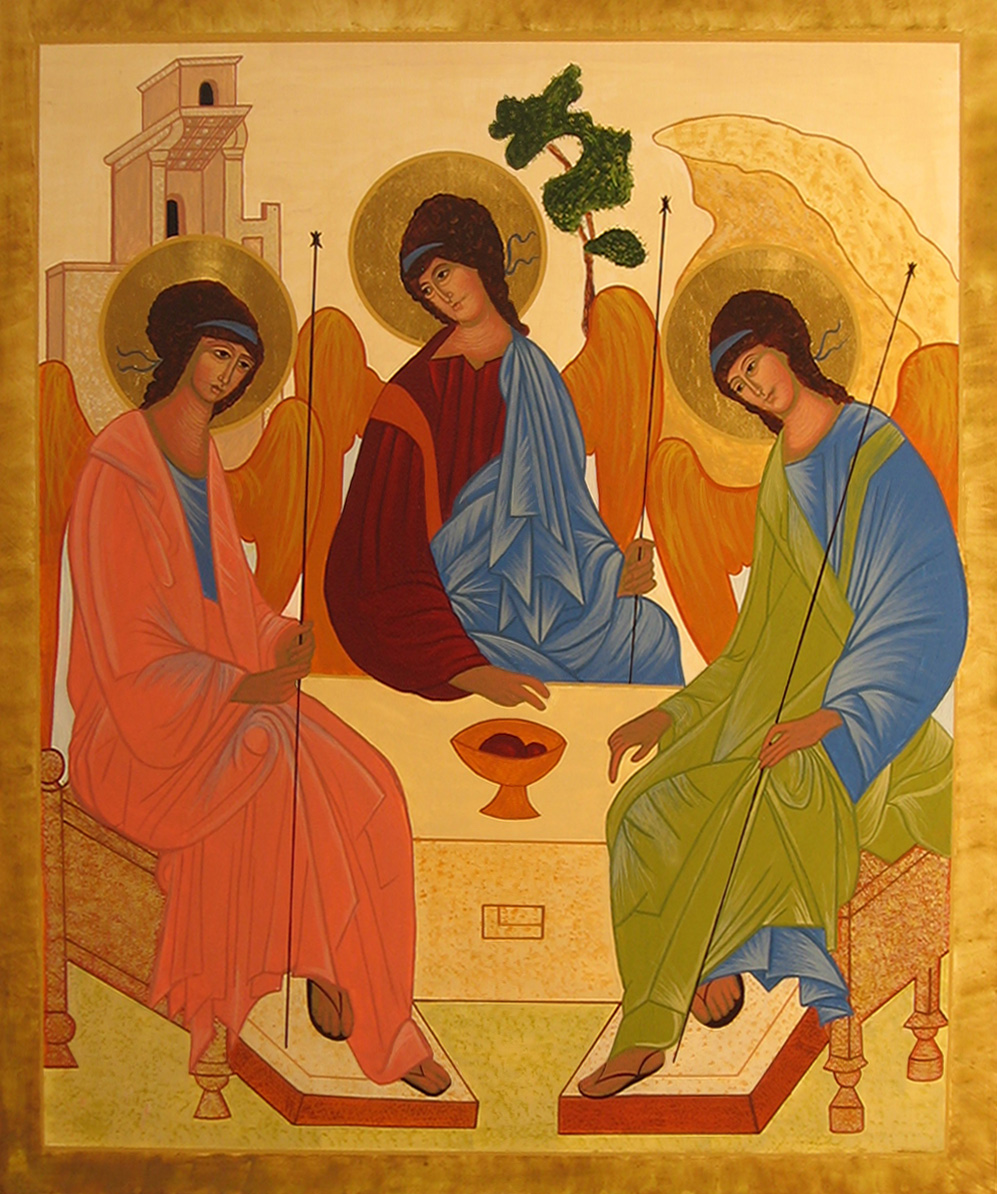 St. Paul’s Parish hosted the weekly “ice cream social” that accompanied the Community Band Concerts on Friday evening on the Town Square during summer. We’ve done this before although not for a few years (we tried for three years running to be host, but each Friday we were assigned during those years there was a thunderstorm and the event was rained out).
St. Paul’s Parish hosted the weekly “ice cream social” that accompanied the Community Band Concerts on Friday evening on the Town Square during summer. We’ve done this before although not for a few years (we tried for three years running to be host, but each Friday we were assigned during those years there was a thunderstorm and the event was rained out).
Whenever we do this, I always stress out about it! I’m just sure we won’t have enough pies, or enough ice cream, or enough volunteers . . . or that if we have all of those things, there won’t be enough people at the concert to buy all the pies and ice cream we have . . . or that it will be rained out. Although the latter has (as I said) proven to be the case more than once, none of the other worries has ever materialized. We always have more than enough pies baked by parishioners, more than sufficient ice cream, and enough volunteers that we trip over one another. And, when it doesn’t rain, the event is a great success, as it was on Friday. So why do I worry?
On Friday evening, Ray Sizemore and I worked the pay station, as we have done before, and during a lull in business he asked, “What are you preaching about on Sunday?” I borrowed a line from a good friend of whom I have often asked that question and gave a one-word answer, “Jesus.” But then I followed up that the theme is likely to be hospitality inasmuch as the Old Testament lesson is the tale we have just heard of Abraham entertaining the three angels of God at the “oaks of Mamre” and the Gospel lesson is the story of Mary and Martha of Bethany hosting Jesus at dinner.
And it has occurred to me that those pre-event worries I always experience are not unlike the pre-dinner-party jitters many hosts or hostesses may have (and that I certainly have) before receiving guests into our homes. We want to make a good show. And yet hospitality is not about us; it’s not about the host. Hospitality is about the other, the guest; it’s all about the guest.
The root of the word hospitality is the Latin word for “stranger,” which occurs in ancient literature in two forms: hospes or hostes. From hospes, we get our words “hospital,” “hospitable,” and “hospitality.” From hostes, we get our words “host,” “hostel,” or “hotel;” interestingly, we also get our words “hostile,” hostility,” and “host” meaning an army of enemies from the same root. Thus, two different ways to interact with “the stranger.” We can treat him or her as a guest or as an enemy, with hospitality or with hostility. The biblical value, as illustrated by our scripture readings today, is hospitality.
In the first story we have Abraham and Sarah, together with their servants (including Sarah’s handmaiden Hagar and her son by Abraham Ishmael) camped out at what our text calls “the oaks of Mamre.” The Hebrew actually says that the trees in question are not oaks but terebinths, a relative of the pistachio which was grown for its berry; the family is camped in an orchard owned by a friend of Abraham, Mamre the Amorite.
It is the hottest part of the day, the family are reclining in the shade of the pistachio trees, Abraham at the opening of his tent. This seems a reasonable thing for a 99-year-old man to do, especially one who may be recovering from a recent circumcision! If we read the Book of Genesis as telling Abraham’s story in chronological order and with events relatively close together, as the rabbis tell us we should, it was just a few verses before this story that Abraham, together with Ishmael and all the men of his household, has just (as Prof. Samuel Giere of Wartburg Seminary puts it) “had his foreskin lopped-off,” probably with a stone knife. Thus, it is somewhat surprising and perhaps meant to be a funny story that, upon seeing travelers approach at this out-of-the-ordinary, extremely hot time of day, this post-circumcision 99-year-old man leaps up and runs to greet them. (Commentary on Genesis 18:1-10a)
But this is no joke! The story underscores “the high value placed on hospitality in the Ancient Near East. * * * Suffice it to say, the physical mark of the covenant does not prevent Abraham from extending lavish hospitality: the washing of feet, rest, freshly baked cakes, a roasted calf, curds, and milk. Abraham assured that these guests were welcomed most properly.” (Ibid.)
Dennis Bratcher of the Christian Resource Institute reminds us:
Hospitality customs in the biblical world related to two distinct classes of people: the traveler and the resident alien. In most translations of the Bible, there is little attempt to try to separate the two. Even in the original Hebrew and Greek, different word are sometimes used interchangeably for the two groups. Either is called a stranger, one who does not belong to a particular community or group. Other terms applied to either or both are: foreigner, alien, sojourner, wayfarer, or gentile. In Israel, the law protected the resident alien, a foreigner who had settled permanently in the land. He could not own land, but he could participate in communal activities. The traveler, however, was extremely vulnerable. Only the force of the customs of hospitality protected him. (Travelers and Strangers: “Hospitality” in the Biblical World)
This particular story is part of a larger, novel-like narration about Abraham, toward the end of which in Chapter 21 of Genesis, we learn that Abraham “planted a tamarisk tree in Beer-sheba.” (v. 33) The Hebrew word for the tree in question is aishel which is made up of three Hebrew letters – aleph, shin, and lamed. These letters, the rabbis tell us, form an acronym for the three major components of hospitality: eating (achilah), drinking (shtiyah), and escorting (leviyah). Abraham’s memorial tree, dedicated to God, underscores the importance of hospitality, of the proper treatment of the stranger, the traveler, and the resident alien. (See Daniel Lasar, Southern Hospitality, Torah from Dixie)
On the cover of your bulletin is a version of the 15th Century Russian monk Andrei Rublev’s beautifully composed icon of this story, sometimes referred to as “The Icon of the Holy Trinity.” The alternate title for the icon on is “The Hospitality of Abraham,” which highlights the effort Abraham puts into welcoming these strangers who turn out to be angels of God, or in Christian understanding, God’s own self in the three Persons of the Holy Trinity. Rublev’s point seems to be that hospitality is about the other, the guest, especially, it is about the guest who may be unknown to us. The writer of the Letter to the Hebrews reminds us, “Do not neglect to show hospitality to strangers, for by doing that some have entertained angels without knowing it.” (Heb 13:2)
In our Gospel story, Mary and Martha entertain the One whom we know and believe to be not merely an angel, but God Incarnate. In Jesus’ time, “hospitality was a highly valued and presumably widely practiced custom among pagans, Jews, and Christians. Hosts were expected to provide food, shelter, amenities, and protection to … traveling strangers, who [as the Letter to the Hebrews suggests] sometimes turned out to be gods incognito. In Greek culture, Zeus was celebrated as the god of hospitality, and the practice of hospitality (among other things) separated high Greek civilization from the ‘barbarians.’” (Mikeal C. Parsons, Commentary on Luke 10:38-42)
The story is a familiar one to us, rather simple in the telling: Martha extends hospitality to Jesus, bustling about doing all of the tasks of playing host. Mary, on the other hand, sits at Jesus feet and listens to his teachings. Martha, attending to the details of hospitality, complains that Mary has neglected those duties and asks Jesus to tell Mary to help her. Jesus responds that Mary has chosen what our translation calls “the better thing.”
However, many if not most New Testament scholars urge us, as Karoline Lewis of Luther Seminary does, to see this as a story not “about comparison but completion.” She says this story is not an invitation “to pit one expression of belief, of discipleship, of service, of vocation, against the other.” Rather, she argues that “this story has nothing to do with who is better and everything to do with who matters . . . this story is not preoccupied with proper acceptance and has everything to do with whom you accept.” “To favor Mary,” Lewis says, “is to say Jesus discounts service. Which, if you read the Gospel of Luke, makes no sense at all. And makes Jesus make no sense at all. To favor Martha would be to say service is all that matters. Clearly, both matter, if you read the Gospel of Luke carefully.” (Dear Working Preacher, “No Comparison”)
What both of our scriptural stories teach us is that hospitality is not about the things we do for the guest so much as it is about the gift of ourselves to the guest. Mikeal C. Parsons of Baylor University says of the Gospel story, and I would say the same is true of the Genesis reading, that its
social ethic provides a solid foundation for Christian habits and practices both within the community (we have unlimited responsibilities to fellow believers) and with the world (we are called to provide Christian hospitality to those unlike us in nationality, faith, or ethnicity and assistance to those in immediate crisis). Christians are called to extend hospitality both as hosts and guests, and to fellow believers and non-believers alike. Such hospitality calls for personal and intimate engagement in a way that an insipid value such as “tolerance” does not. We are not called simply to “tolerate” or “endure” those not like us; rather the ancient “Christian virtue” of hospitality demands that we engage and interact with the Other, whether we are guest or host. (Commentary on Luke 10:38-42)
The extension of hospitality in its three major component forms – eating, drinking, and escorting – is more than a token of friendship. Dr. Bratcher asserts that by extending hospitality we form “covenantal commitment” between ourselves and the other. ” One of the most despicable acts in the ancient world,” he reminds us, “was to eat with someone and then betray them” (Obadiah 7; Ps 41:9; John 13:18). This code of hospitality is the basis of that warning: “Do not neglect to show hospitality to strangers, for thereby some have entertained angels unawares” (Heb 13:2). You do not want to fail to form that covenant of hospitality with the angel of the Lord, with God’s own self.
It is that covenant relationship to which Paul refers when he writes in today’s epistle reading, “Christ Jesus is the image of the invisible God, the firstborn of all creation,” and “in him all the fullness of God was pleased to dwell, and through him God was pleased to reconcile to himself all things, whether on earth or in heaven.” In Jesus, God has extended a gracious hospitality to us, and it is now our calling to extend the same reconciling hospitality to others. Remember last week’s summary of the Law: “Love God. Love your neighbor. Change the world.”
I know it seems a small thing, no matter how much I may have worried and stressed out about it before hand, but that is what we did by hosting the ice cream social. We served about 300 pieces of pie and nine gallons of ice cream to the good people of Medina; we told them about our church and invited them to worship with us; we informed some teens about our youth group and we invited music lovers to attend one of our Brown Bag Concerts. If we brought a little light into just one person’s life, I think we did a good thing; I think we changed the world.
And that’s an important thing to remember this week as our region hosts one of the major political party conventions. There are going to be a lot of opportunities to disagree with people about politics; remember that they are also opportunities for hospitality. Remember, we are not called to argue or debate with people nor are we called to convince them of our view points; we are not called simply to “tolerate” those not like us nor are we called to “endure” them; rather, “the ancient ‘Christian virtue’ of hospitality demands that we engage and interact,” that we chose “the better thing,” that we enter into covenantal commitment. In the words of that simply stated summary, the code of hospitality bids us to love God, love our neighbor, and change the world.
Let us pray:
Gracious God, as we enter into the final months of the presidential election cycle, we pray in the spirit of St. Francis, that you would make us instruments of your peace, sowing seeds of merciful love and fierce hope; may we be servants of your holy, creative will, always and ever mindful that as you blessed Abraham, you bless us in order that we might be a blessing to the world; may we, like Abraham and Sarah, like Martha and Mary, offer gracious hospitality to those we welcome to our region as they assemble here this week at the Republican National Convention; guide their work and grant them and us wisdom, courage, a moral imagination, and the capacity for civility and grace to disagree without disrespect; in the name of Jesus who summarized your holy Law reminding us that the greatest commandments are to love you and to love all our neighbors as ourselves. Amen.
====================
A request to my readers: I’m trying to build the readership of this blog and I’d very much appreciate your help in doing so. If you find something here that is of value, please share it with others. If you are on Facebook, “like” the posts on your page so others can see them. If you are following me on Twitter, please “retweet” the notices of these meditations. If you have a blog of your own, please include mine in your links (a favor I will gladly reciprocate). Many thanks!
====================
Father Funston is the rector of St. Paul’s Episcopal Church, Medina, Ohio.
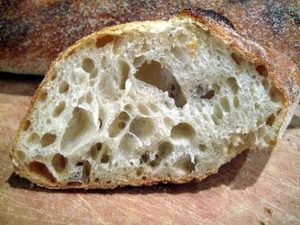 We have come to week four of our five week exploration of the metaphor of bread, the flesh of Jesus, the bread of life, the bread from heaven, the bread that gives life to the world. “I am the living bread that came down from heaven. Whoever eats of this bread will live forever; and the bread that I will give for the life of the world is my flesh,” says Jesus. “Just as the living Father sent me, and I live because of the Father, so whoever eats me will live because of me.”[1]
We have come to week four of our five week exploration of the metaphor of bread, the flesh of Jesus, the bread of life, the bread from heaven, the bread that gives life to the world. “I am the living bread that came down from heaven. Whoever eats of this bread will live forever; and the bread that I will give for the life of the world is my flesh,” says Jesus. “Just as the living Father sent me, and I live because of the Father, so whoever eats me will live because of me.”[1]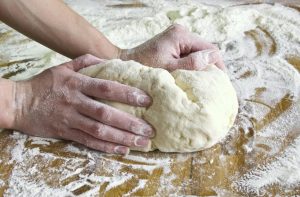 Children, as those of us who have had or who have been children know, grow in their ability to communicate. Vocabularies grow. Grammars develop. They move from simple one- or two-syllable concepts – such as “Mama” or “Dada” or “NO!” – to more complex ideas.
Children, as those of us who have had or who have been children know, grow in their ability to communicate. Vocabularies grow. Grammars develop. They move from simple one- or two-syllable concepts – such as “Mama” or “Dada” or “NO!” – to more complex ideas. A Facebook friend posted a meme recently featuring the word hiraeth. That’s not a word one hears or sees very often. It’s Welsh and has no direct English equivalent. Pronounced “hear-eye’th,” it refers to a sense of nostalgia for a lost home, the sort of home you can’t ever go back to, an unquenchable homesickness.
A Facebook friend posted a meme recently featuring the word hiraeth. That’s not a word one hears or sees very often. It’s Welsh and has no direct English equivalent. Pronounced “hear-eye’th,” it refers to a sense of nostalgia for a lost home, the sort of home you can’t ever go back to, an unquenchable homesickness. 

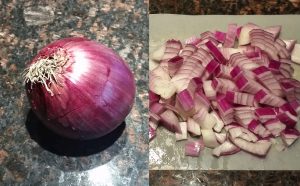
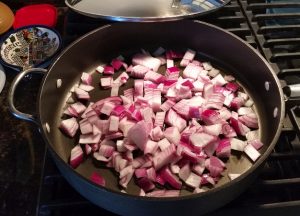
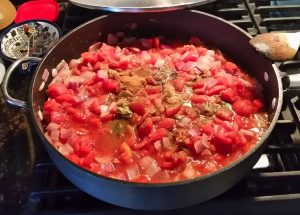







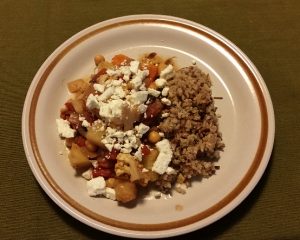







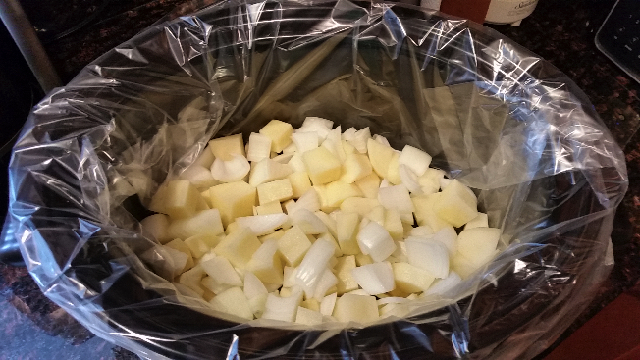
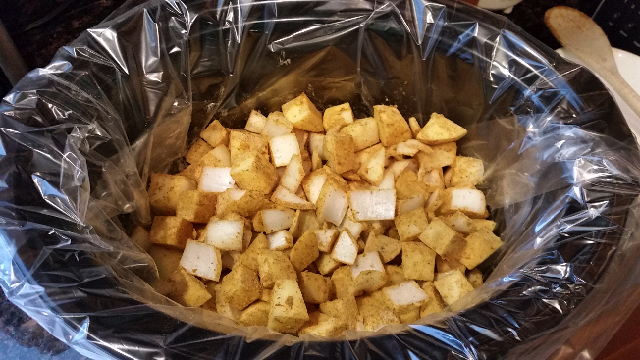
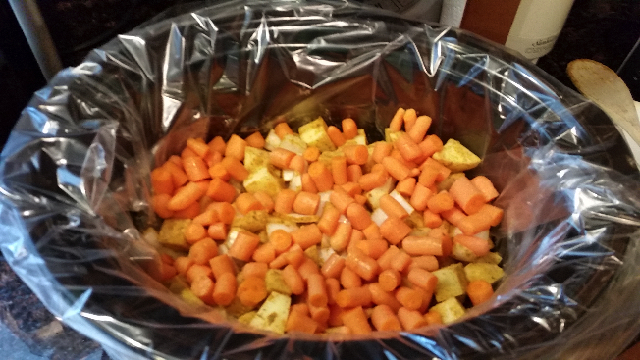




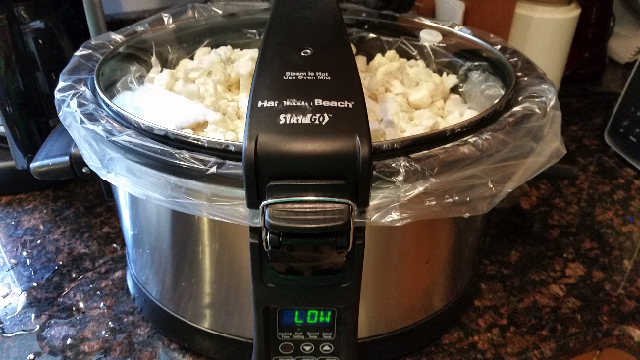
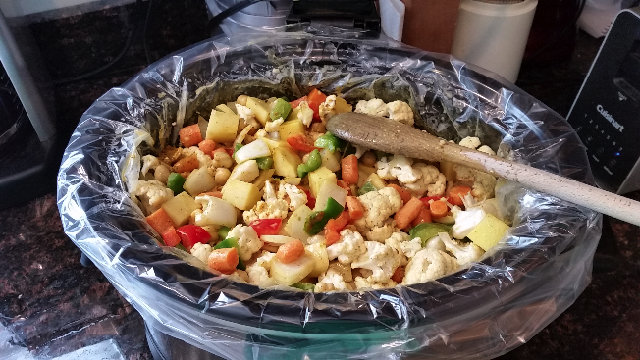
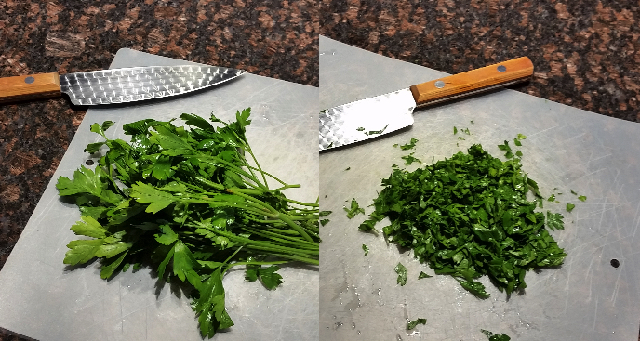



 St. Paul’s Parish hosted the weekly “ice cream social” that accompanied the Community Band Concerts on Friday evening on the Town Square during summer. We’ve done this before although not for a few years (we tried for three years running to be host, but each Friday we were assigned during those years there was a thunderstorm and the event was rained out).
St. Paul’s Parish hosted the weekly “ice cream social” that accompanied the Community Band Concerts on Friday evening on the Town Square during summer. We’ve done this before although not for a few years (we tried for three years running to be host, but each Friday we were assigned during those years there was a thunderstorm and the event was rained out). 
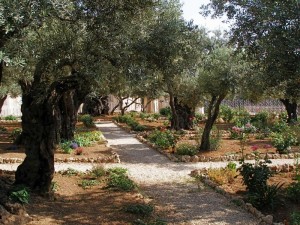 They have had their dinner during which, predicting his death, Jesus has instructed them to share bread and wine again and again in his memory. Jesus has washed their feet. He has given them his New Commandment, “Love one another.” Now, dinner ended, it is time for a stroll in the garden.
They have had their dinner during which, predicting his death, Jesus has instructed them to share bread and wine again and again in his memory. Jesus has washed their feet. He has given them his New Commandment, “Love one another.” Now, dinner ended, it is time for a stroll in the garden.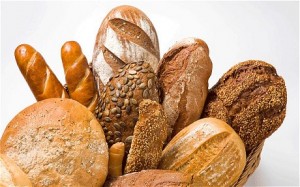 It’s the Second Sunday of Advent so according to our lectionary tradition, we hear the words of John the Baptizer, the voice of one crying in the desert, calling us to clean up the roadways and build a straight path for God’s coming. We are all familiar with the Baptizer. He’s some sort of cousin of Jesus. He’s a bit of a wild man; he lives in the wilderness wearing rough clothing and eating only what foods he can pick from desert plants and animals, “locusts and wild honey” is the way the evangelists put it. This year we hear Luke’s version of John’s story.
It’s the Second Sunday of Advent so according to our lectionary tradition, we hear the words of John the Baptizer, the voice of one crying in the desert, calling us to clean up the roadways and build a straight path for God’s coming. We are all familiar with the Baptizer. He’s some sort of cousin of Jesus. He’s a bit of a wild man; he lives in the wilderness wearing rough clothing and eating only what foods he can pick from desert plants and animals, “locusts and wild honey” is the way the evangelists put it. This year we hear Luke’s version of John’s story.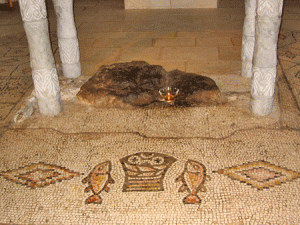 So this is a very familiar story, right? Actually, two very familiar stories. We all know about the feeding of the 5,000. All four gospels – Matthew, Mark, Luke, and John – tell it with slightly varying details. We all know about Jesus walking on the water. Three of the four gospels – Mark, Luke, and John – include that tale, again with slightly varying details. We sometimes mix up those variations, but basically the stories are the same so no big deal.
So this is a very familiar story, right? Actually, two very familiar stories. We all know about the feeding of the 5,000. All four gospels – Matthew, Mark, Luke, and John – tell it with slightly varying details. We all know about Jesus walking on the water. Three of the four gospels – Mark, Luke, and John – include that tale, again with slightly varying details. We sometimes mix up those variations, but basically the stories are the same so no big deal.

